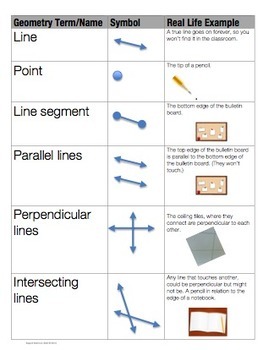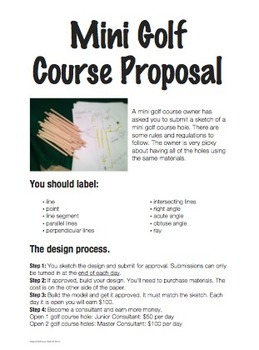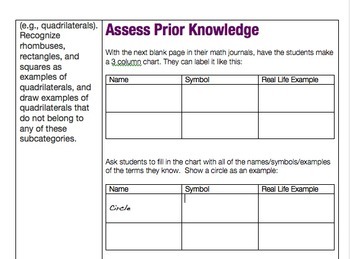Build a Mini Golf Course: Learn Geometry Vocabulary with Real World Math Project
What educators are saying
Description
If your students are struggling to memorize and learn geometry vocabulary, this project will give them real life application, committing those tricky terms to memory! Once students design, draw and build their golf course, there is no need for geometry flashcards anymore, the experience leads to deep learning of the vocabulary.
In this math project students design mini golf course holes on paper, buy supplies, and build their design as a model to help them memorize all that tricky geometry vocabulary. There are 5 days of lessons all set for you, all you need is some green felt, toothpicks and/or popsicle sticks, and glue. You could even keep it cheaper with green paper if cost is an issue.
Here are the vocabulary words covered in this geometry lesson:
· line
· point
· line segment
· parallel lines
· perpendicular lines
· intersecting lines
· right angle
· acute angle
· obtuse angle
· ray
This 23 page math unit is intended for math during geometry, and will be more successful if you’ve already taught measurement and money concepts. It involves some instruction of basic geometric vocabulary and application to a real world problem. It also includes calculation of money and measurement of materials.
This math project has 5 structured days with a step by step walkthrough with photos to help explain the project. These five days set up students to work independently on the rest of the days of the project. It is a project that differentiates naturally for different learners.
This math project includes:
1. Structured lessons with instructions and photos of the project
2. Tips for managing students during the project
3. A two page student project sheet to promote reading in math
4. A class record form for note taking
5. Blank charts for math journals
6. Key to geometric terminology with real life examples
7. Exit slips as a formative assessment
8. Reflection sheet for the end of the project
This is a great project to really embed those Standards for Mathematical Practice into your classroom.
This math project has been used for a full class of third graders, small groups of gifted and talented students, and 4th graders. It could be a review in the beginning of the year for 5th graders.
If you like math projects, check out:
The Float Challenge - A STEM Activity
Elementary Architects - Design Blueprints and Explore Area
The Wind Powered Car - A Cross Curricular Stem Project





